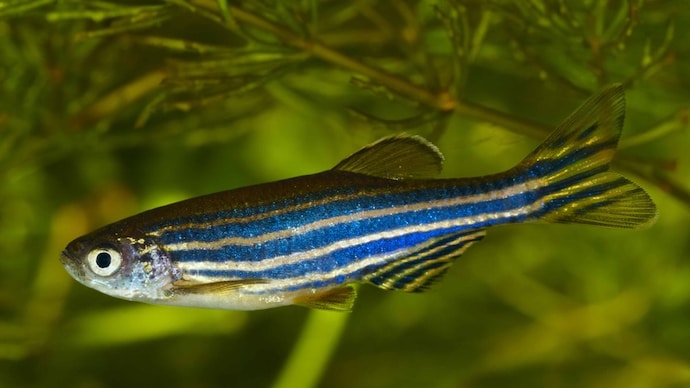In a groundbreaking scientific achievement, Chinese astronauts aboard the Tiangong space station have successfully raised zebrafish in space. This experiment is part of China’s broader efforts to study the effects of space travel on living organisms, a crucial step for the future of long-term space missions.
The Experiment
The astronauts raised four zebrafish in a specially designed habitat that simulated Earth-like conditions in a microgravity environment. This habitat allowed for the observation of the zebrafish’s growth, behavior, and development over time.
Key Objectives
- Understand Biological Processes in Space: The study aimed to gather data on how microgravity impacts biological systems.
- Prepare for Long-Duration Space Missions: Understanding how living organisms adapt to space conditions helps in planning extended missions.
Importance of the Study
This successful experiment is a significant milestone in the field of space biology. It could lead to:
- Improved understanding of human health in space: Data from the zebrafish can help predict how human biology might be affected by prolonged exposure to space.
- Advancements in Space Habitation: Insights gained could support the development of sustainable habitats for humans on space stations or even other celestial bodies.
Future Implications
The ability to breed and raise animals in space is a stepping stone toward enabling self-sufficient ecosystems in extraterrestrial environments. This experiment reinforces China’s leadership in space exploration and adds valuable knowledge to global space research.
Multiple-Choice Questions (MCQs):
1. What species of fish was successfully raised by Chinese astronauts aboard the Tiangong space station?
a) Goldfish
b) Zebrafish
c) Guppy
d) Catfish
Answer: b) Zebrafish
2. Why is raising zebrafish in space significant?
a) It helps in improving fish farming techniques on Earth.
b) It contributes to understanding biological processes in microgravity.
c) It ensures a food supply for astronauts.
d) It tests new space habitat materials.
Answer: b) It contributes to understanding biological processes in microgravity.
3. What was the primary objective of the zebrafish experiment in space?
a) To create Earth-like gravity in space.
b) To observe the fish’s growth and behavior in a weightless environment.
c) To test the impact of space radiation on fish.
d) To simulate aquatic ecosystems on the Moon.
Answer: b) To observe the fish’s growth and behavior in a weightless environment.
4. How does this experiment contribute to long-term space missions?
a) By providing fresh fish as a food source for astronauts.
b) By offering insights into human health and sustainability in space.
c) By improving satellite communication systems.
d) By testing new space suit designs.
Answer: b) By offering insights into human health and sustainability in space.
5. Which space station hosted the zebrafish experiment?
a) International Space Station (ISS)
b) Tiangong Space Station
c) Mir Space Station
d) Skylab
Answer: b) Tiangong Space Station
